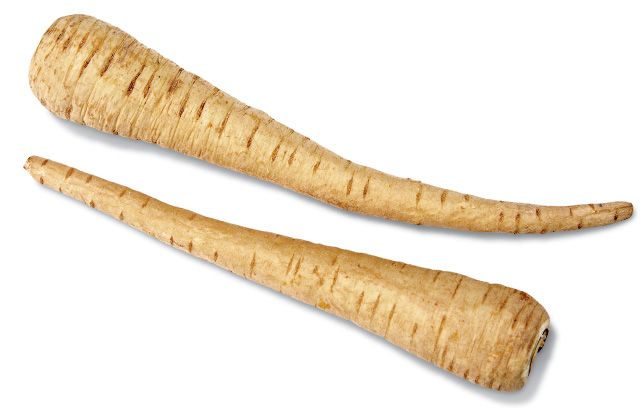
How are wild parsnips different than other parsnips? It is a poisonous parsnip with pretty yellow flowers that grows along roadsides. The parsnip root is sold alone, while parsley root is sold with the greens still attached. They are sometimes mistaken for parsley root, but there are differences. Parsnips have thick cream-colored skin, while carrots are typically bright orange. Parsnips look so much like carrots that it is easy to confuse them with each other. Ancient Romans and Greeks have also cultivated the parsnip for centuries however, there is not much history about them since they were categorized as carrots.

A mature parsnip plant can grow up to 1.5 meters tall, and it’s a favorite for gardeners that prefer crops with a short growing season.Įuropean settlers are suspected to have brought parsnips to North America in the 17th century. They are often planted before winter since that’s when it produces its sweet flavor. They are members of the Apiaceae family, which also includes carrots, parsley, dill, caraway, and cumin. Parsnips (Pastinaca sativa) are biennial plants that grow in their second year before dying afterward. I’ll also leave a couple of delicious parsnip recipes for you to try as well. Read on to learn about the amazing parsnip, as well as its many health benefits and uses. As a result, they boost eye health, improve digestive function, prevent birth defects, promote heart health, support bone health, and more. Parsnips are loaded with vitamin C, vitamin K, manganese, and folate. Also, parsnip nutrition will differ from carrot nutrition. They are typically larger than carrots with a nuttier taste. What are parsnips? Although they belong to the carrot family, they are completely separate species. When consumed, dishes containing peeled and boiled parsnips are preferred over fried parsnips with peel.Parsnips are one of my favorite root vegetables, and I often make sure to pick some up at the farmer’s market. People with diabetic or prediabetic conditions are advised to limit their parsnip intake due to the high starch content. At the same time, peeled and boiled parsnips from Australia have a GI of 52±5 (3). Most parsnips have moderate to high glycemic index values.Īccording to The International Tables of Glycemic Index Values, the GI of parsnips from Canada falls in the range of 97☑9. The glycemic index of a parsnip can significantly vary depending on its growing conditions, variety, and cooking method. However, parsnips are also rich in dietary fiber. One hundred gram serving of parsnips contains 18g of carbohydrates, half of which consists of sugars. Like most root vegetables, parsnip is high in carbohydrates, particularly starch. This period was evaluated using the MET technique (Metabolic Equivalent of a Task) (1) (2). The table below illustrates how long it takes to burn 133 calories (1 cup slices of Parsnip) and what type of activity is required. You can compare the calorie content of Parsnip with that of other foods with the help of the table below.

It is also higher in calories than Carrot and Celery.

Parsnip is higher in calories than Turnip. Parsnip is lower in calories than 79% of foods. The serving size of Parsnip is one cup slices (133 g). 100g of Parsnip covers 4% of the daily calorie requirement.

These calories come from 18g carb and 1.2g protein. Therefore, this vegetable provides 13.1 g of net carbs per 100g. Parsnip contains 18g of carbs, 4.9g of which is fiber. We can calculate the net carbs of parsnip by subtracting the fiber content from the total carbs.


 0 kommentar(er)
0 kommentar(er)
